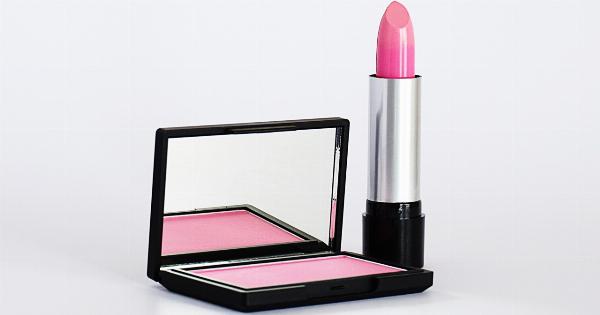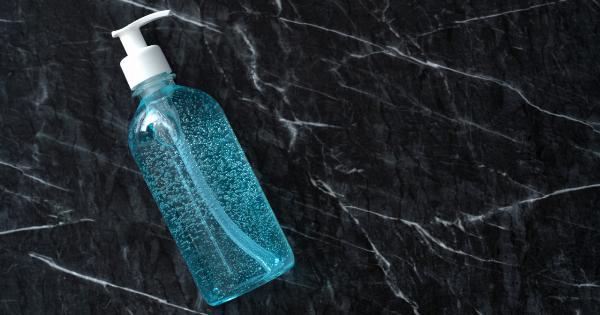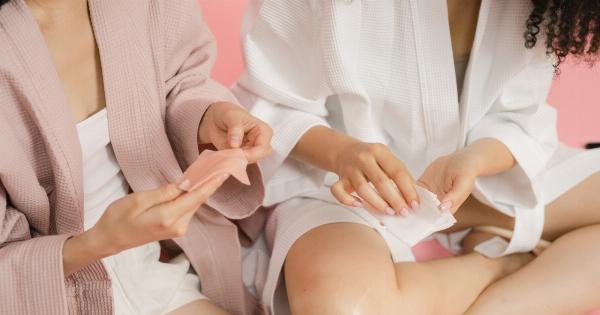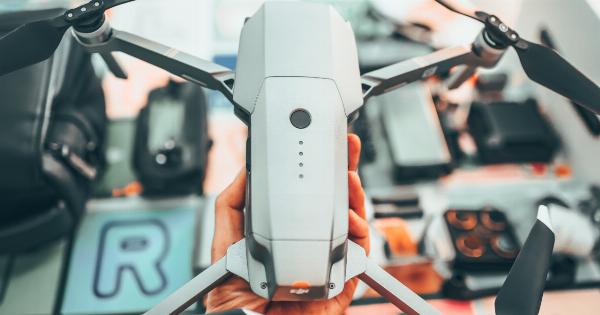Have you ever struggled with eyebrow grooming or precision tasks like removing splinters or applying false eyelashes? If so, then you probably need to invest in a good pair of tweezers.
Tweezers are small handheld tools with two arms that are used to grip and pluck small objects or hairs with precision. In this article, we will dive into the world of tweezers and help you understand their proper use.
1. Different Types of Tweezers
Tweezers come in various shapes and sizes, each designed for specific tasks. Understanding the differences between these types of tweezers will help you choose the right one for your needs:.
1.1. Slanted Tweezers: These tweezers have slanted tips, making them ideal for eyebrow grooming and general hair plucking. The slanted design allows for a better view of the hairs being targeted.
1.2. Pointed Tweezers: Pointed tweezers have sharp, pinpoint ends that make it easier to remove ingrown hairs, splinters, or other tiny objects with precision. The pointed tip can reach even the most stubborn hairs or objects.
1.3. Flat Tweezers: Flat tweezers have a flat surface instead of a pointed or slanted tip. They are commonly used for tasks like applying false eyelashes, nail art, or picking up small objects that require a wider surface area for gripping.
1.4. Round Tweezers: As the name suggests, round tweezers have rounded tips instead of sharp or slanted ones. They are primarily used for tasks that require a gentle touch, such as removing blackheads or placing small jewelry pieces.
2. Choosing the Right Material
Tweezers are made from various materials, including stainless steel, titanium, and even plastic. The material you choose depends on your personal preference and the intended use of the tweezers:.
2.1. Stainless Steel: Stainless steel tweezers are the most common and widely available. They are durable, rust-resistant, and easy to clean. Stainless steel tweezers are suitable for most general tasks like eyebrow grooming or plucking unwanted hairs.
2.2. Titanium: Titanium tweezers are lightweight and corrosion-resistant. They are ideal for precise tasks and are often used by professionals in fields like medicine or electronics.
2.3. Plastic: Plastic tweezers are less common and are usually considered disposable. They are gentle on the skin and are often used for first aid purposes or by individuals who have sensitive skin.
3. Proper Tweezing Technique
Using tweezers may seem straightforward, but there are some essential tips to keep in mind to ensure you get the best results:.
3.1. Start with Clean Skin: Before tweezing, make sure the area you are targeting is clean and free from any makeup or oils. Clean skin reduces the risk of infection and allows for better grip and precision.
3.2. Use a Warm Compress: If you are tweezing eyebrows or other areas with thicker hair, applying a warm compress beforehand can help open up the hair follicles, making extraction easier.
3.3. Find the Right Light: Good lighting is crucial for proper tweezing. Natural light or a bright LED light will ensure you can see the hairs clearly and avoid any mishaps.
3.4. Grip Close to the Root: When plucking hairs, grip them as close to the root as possible. This minimizes pain and reduces the chance of hair breakage or ingrown hairs.
3.5. Pull in the Direction of Hair Growth: Always pluck hairs in the direction of hair growth. This helps ensure a clean and precise removal while reducing the risk of irritation or discomfort.
3.6. Take Breaks: If you have to remove multiple hairs or perform extensive tweezing, take breaks to give your skin and hands a rest. Prolonged tweezing can cause muscle fatigue and skin irritation.
3.7. Clean and Disinfect: After each use, clean your tweezers with warm soapy water and disinfect them with rubbing alcohol. This removes any bacteria or debris and ensures hygienic use for future sessions.
4. Essential Tweezering Tips
Here are some additional tips to help you make the most out of your tweezers:.
4.1. Avoid Over-Plucking: It’s easy to get carried away and pluck too many hairs. Remember that eyebrows, for example, should maintain their natural shape, so avoid over-plucking and strive for balance.
4.2. Trim Long Hairs: If you encounter long eyebrow or facial hairs that are difficult to pluck with tweezers, consider trimming them with small scissors before tweezing. This will make the process easier and less painful.
4.3. Test the Grip: Before purchasing tweezers, test the grip by gently gripping a tiny hair or object. The tweezers should hold it firmly without slipping. A firm grip ensures better precision during use.
4.4. Invest in Quality: Cheap tweezers may save you money initially, but they often lack durability and precision. Investing in high-quality tweezers will ensure long-term use without compromising on performance.
4.5. Seek Professional Help: If you are unsure about shaping your eyebrows or dealing with other intricate tasks, it’s always wise to seek professional help.
An eyebrow specialist or beauty professional can shape your eyebrows according to your face shape and preferences.
5. Common Mistakes to Avoid
Knowing what not to do is just as important as knowing what to do when it comes to tweezers. Here are some common mistakes to avoid:.
5.1. Rushing: Tweezing requires patience and precision. Rushing can lead to mistakes, such as plucking the wrong hair or causing unnecessary pain.
5.2. Using Dull Tweezers: Dull tweezers can make the tweezing process more painful and less accurate. Sharpen or replace your tweezers when you notice they are no longer gripping properly.
5.3. Pulling too Hard: Pulling too hard can result in hair breakage instead of clean extraction. Be gentle and use the right amount of pressure to avoid unnecessary pain or skin damage.
5.4. Neglecting Maintenance: Regularly clean and disinfect your tweezers to prevent bacteria buildup. Neglecting to clean your tweezers can lead to infections or skin irritation.
5.5. Sharing Tweezers: Sharing tweezers increases the risk of contamination and infection transmission. Always use your own personal pair and avoid sharing them with others.
Conclusion
Tweezers are versatile tools that can make precision tasks like grooming eyebrows or removing splinters a breeze.
Understanding the different types of tweezers, choosing the right material, and employing proper tweezing techniques are key to achieving optimal results. Remember to invest in high-quality tweezers, maintain them properly, and seek professional help when needed. With the knowledge gained from this Tweezers 101 guide, you can confidently handle any tweezing task that comes your way!.






























